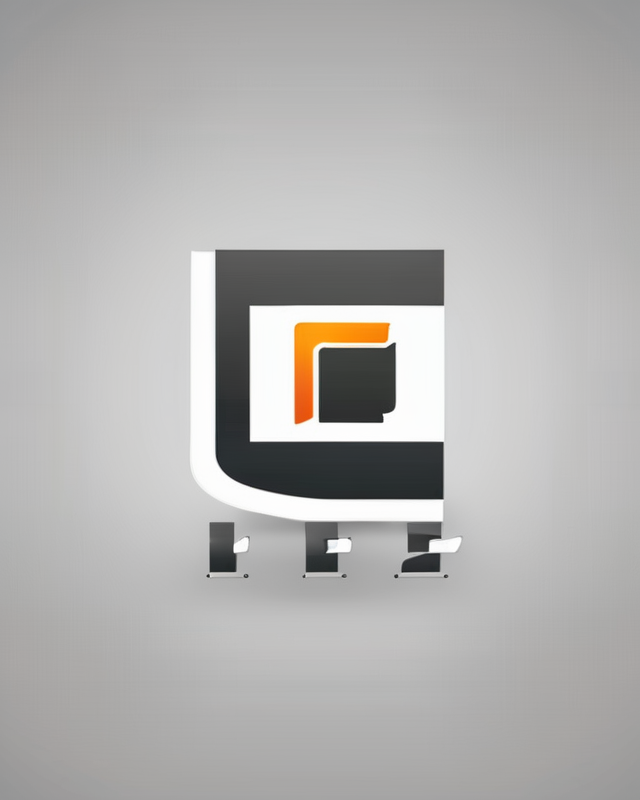Understanding PNG and JPG
PNG and JPG are both popular file formats for digital images. While they may look similar at first glance, there are some important differences. PNG, which stands for Portable Network Graphics, was developed as a replacement for GIF and is often used for images that require transparency. JPG, on the other hand, is a compressed image format that is best suited for photographs and digital art.
Advantages and Disadvantages of Using PNG and JPG
One of the main advantages of using PNG is that it supports transparency, making it ideal for images with transparent backgrounds or for layering images. PNG also supports lossless compression, meaning that the image quality remains intact even when the file size is reduced. However, one of the disadvantages of using PNG is that it typically results in larger file sizes than JPG, making it less ideal for sharing or uploading online.
JPG, on the other hand, is a compressed image format that can result in smaller file sizes than PNG. It is best suited for photographs and digital art, where color accuracy is important but the file size needs to be kept small. However, one of the disadvantages of using JPG is that it is a lossy compression format, meaning that the image quality can be reduced if the file is compressed too much.
When to Use PNG and JPG
PNG is best used for images that require transparency or layering, such as logos, graphics, and web design elements. It is also a good choice for images that require high-quality printing, as it supports lossless compression. However, it may not be the best choice for sharing or uploading online, as the larger file size can result in slower load times.
JPG is best used for photos and art, where color accuracy is important but the file size needs to be kept small. It is ideal for sharing or uploading online, as the smaller file size results in faster load times. However, it may not be the best choice for images that require transparency or layering.
In conclusion, PNG and JPG are both popular image file formats that have unique advantages and disadvantages. Consider the specific needs of your project to determine which file format is the best choice for your images. If you require transparency or layering, choose PNG, while JPG is best for photographs and digital art that need to be shared or uploaded online.



